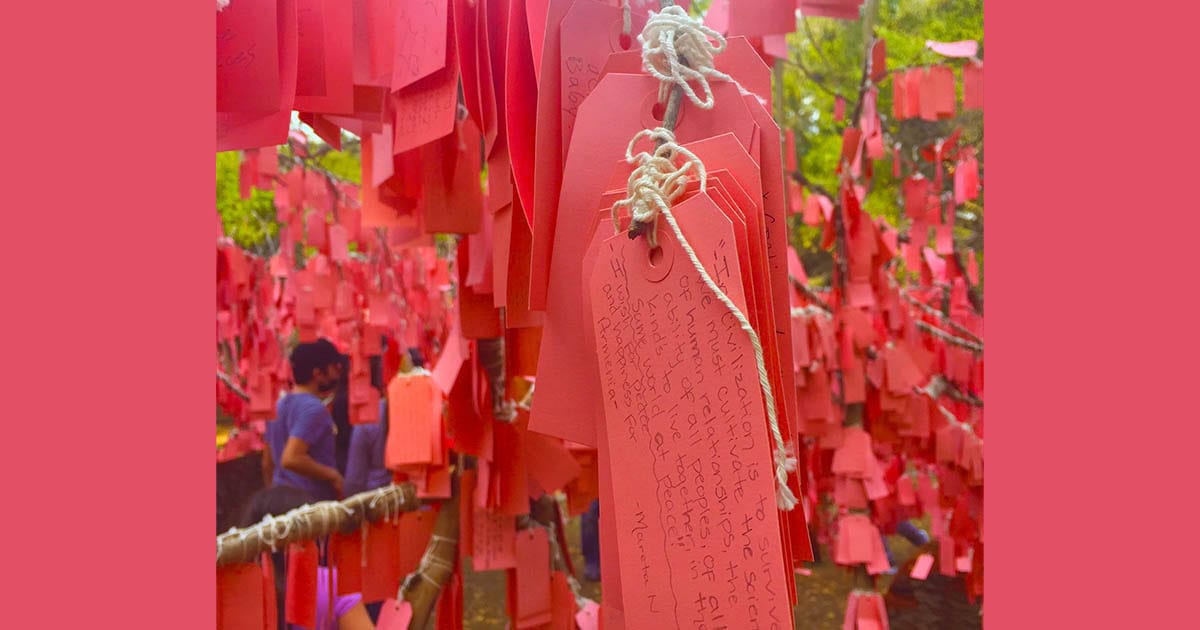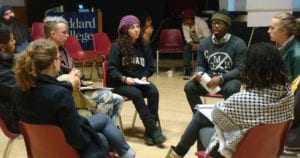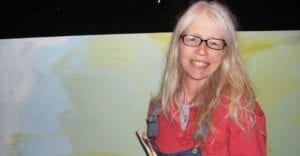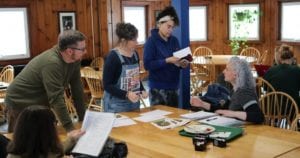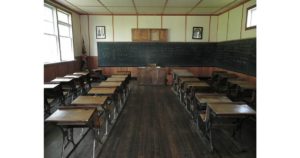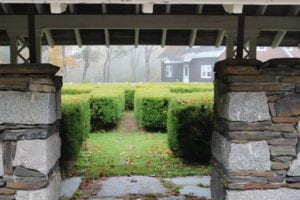By Richard Panek
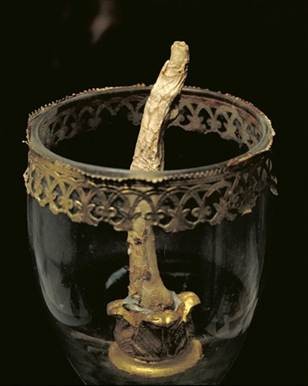 The middle finger of Galileo’s right hand is a satisfying sight. Not because the resemblance to an obscene gesture is unmistakable (though that’s pretty amusing). And not because such a gesture might suggest that in the end a scientist who suffered persecution for the sin of being correct had gotten the last word—well, two words (though that would be amusing, too). And not even because the relic once belonged to the body of the real live Galileo Galilei (awesome). No, what pleased me most during my first personal encounter with the finger a few months ago was a matter of narrative—of narratives, actually. It was one of those essential elements of storytelling that always surround us, if only we think to look for it: setting.
The middle finger of Galileo’s right hand is a satisfying sight. Not because the resemblance to an obscene gesture is unmistakable (though that’s pretty amusing). And not because such a gesture might suggest that in the end a scientist who suffered persecution for the sin of being correct had gotten the last word—well, two words (though that would be amusing, too). And not even because the relic once belonged to the body of the real live Galileo Galilei (awesome). No, what pleased me most during my first personal encounter with the finger a few months ago was a matter of narrative—of narratives, actually. It was one of those essential elements of storytelling that always surround us, if only we think to look for it: setting.
Galileo’s finger’s role as relic, rather than as appendage to a corpse, began on March 12, 1737, in Florence. During the transfer of Galileo’s remains from their original grave to a Christian burial site, a local antiquarian and scholar took the opportunity to remove three fingers, a tooth, and a vertebra. For many decades the middle finger was on display at the Biblioteca Laurenziana. In 1841 it moved to the Museo di Fisica e Storia Naturale, and in 1927 it moved again, to the Istituto e Museo di Storia della Scienze, in the Palazzo Castellani, hard by the Arno.
There the finger still resides, though now it’s a highlight of a gallery emphasizing Galileo’s effect on history from his moment forward: “a revolution,” says a wall plaque, “destined to demolish an image of the universe that had lasted for two thousand years.” Hence the name of the gallery: “Galileo’s New World.” (Alert readers might notice that I’ve written about the gallery before.) The room holds an assemblage of Galileo’s instruments, discoveries, and iconography and relics: two telescopes, an objective lens, a compass, a lodestone, and other scientific tools that Galileo crafted and used; eighteenth and nineteenth century apparatuses that demonstrate Galileo’s advances in the study of motion and equilibrium; those two other fingers—forefinger and thumb of the right hand—as well as the tooth. (The vertebra is at the University of Padua, where Galileo served as a mathematics professor before fame—and some flattery of the Medici—brought him to Florence.)
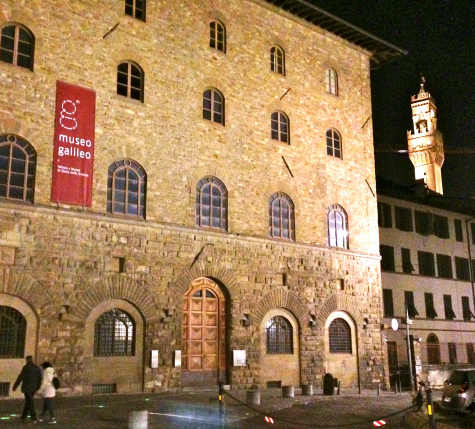
The cultural and historical rehabilitation on display in the “Galileo’s New World” gallery, in turn, resides within a broader cultural and historical rehabilitation. In 2010, following a renovation, the palazzo formerly known as the Istituto e Museo di Storia della Scienze reopened as the Museo Galileo. The designation Istituto e Museo di Storia della Scienze was relegated to the subtitle, as if the study of the history of science were a subset of the celebration of Galileo. And why not? If you’re branding a museum, you can’t beat the word “Galileo” on a banner hanging from the facade of a Florentine palazzo.
Which brings me to an even broader understanding of the setting of Galileo’s finger: Florence, the city that bestowed upon Galileo its ultimate honor. For the Christian burial in 1737, his remains (well, the vast majority of them) were transferred to the Basilica of Santa Croce, final resting place for Florence’s greatest luminaries. There, Galileo’s monumental tomb would, and does, and will, face Michelangelo’s.
I visited the basilica during my recent stay in Florence. Standing before his tomb, I hoped that in the end Galileo, blind and under house arrest, had known that history would vindicate him. I hoped that he’d understood that the Copernican evidence he had observed, using the telescopes and the objective lens on display at the Museo Galileo, would outlive him. And I hoped that he’d known why the evidence would outlive him: because it was accessible through the first invention in history to extend one of the human senses; because it was accessible through an instrument that had democratized discovery.
As unpleasant as the Church might have found the facts, it would not be able to deny them forever, because now they were available to anyone brandishing a telescope. The future belonged not to the beliefs of religious leaders but to the eye of the beholder. No: to the eyes of all beholders. To the eyes of anyone beholding the heavens by holding this tool.
Which is to say: It now belonged to the world.
Just like Galileo.
* * *
A version of this essay originally appeared on The Last Word on Nothing.
Photo credits: NASA Blueshift via Wikimedia Commons; the author.

